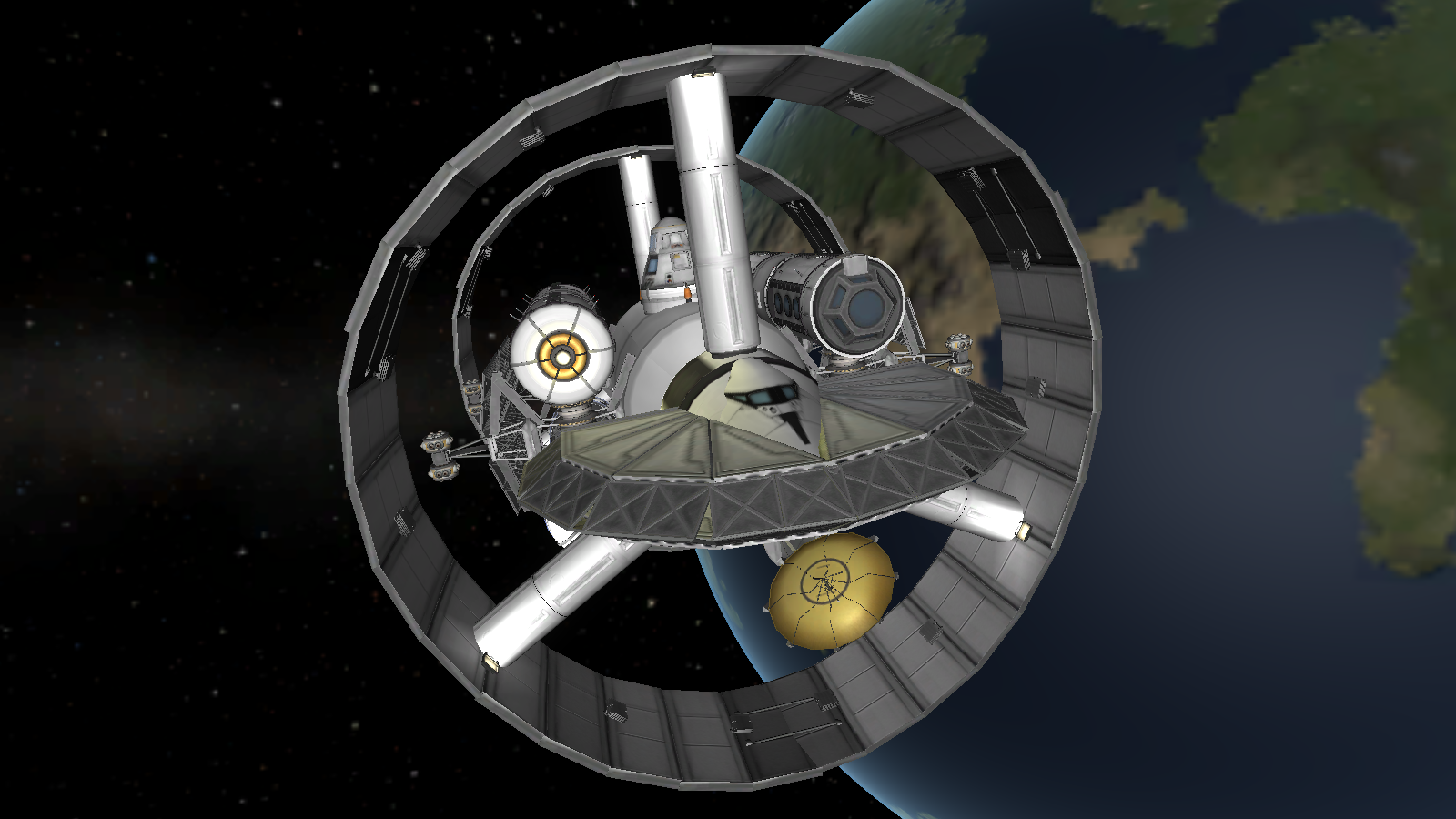

“By a purely local expansion of spacetime behind the spaceship and an opposite contraction in front of it,” Alcubierre wrote in his paper’s abstract, “motion faster than the speed of light as seen by observers outside the disturbed region is possible.”Įssentially, an Alcubierre drive would expend a tremendous amount of energy-likely more than what’s available within the universe-to contract and twist space-time in front of it and create a bubble. The Alcubierre drive conforms to Einstein’s theory of general relativity to achieve superluminal travel. Our current understanding of warp speed dates back to 1994, when a now-iconic theoretical physicist named Miguel Alcubierre first proposed what we’ve called the Alcubierre drive ever since. The closest such trip is still four years long at light speed. One major reason for our interest is pure pragmatism: without warp drive, we’re probably never making it to a neighboring star system. Scientists have been studying and theorizing about faster-than-light space travel for decades. Star Trek suggests that this extraordinary power alone pushes the ship at faster-than-light speeds.

The faster-than-light warp drive of the Federation works by colliding matter and antimatter and converting the explosive energy to propulsion. The colloquial term “warp drive” comes from science fiction, most famously Star Trek. To best understand what the breakthrough means, you’ll need a quick crash course on the far-out idea of traveling through folded space. In a surprising new paper, scientists say they’ve nailed down a physical model for a warp drive, which flies in the face of what we’ve long thought about the crazy concept of warp speed travel: that it requires exotic, negative forces. The new model is exciting, but warp speed is still probably decades or centuries away. This builds on an existing model that requires negative energy-an impossibility. A new paper proposes a fully physically realized model for warp drive.


 0 kommentar(er)
0 kommentar(er)
